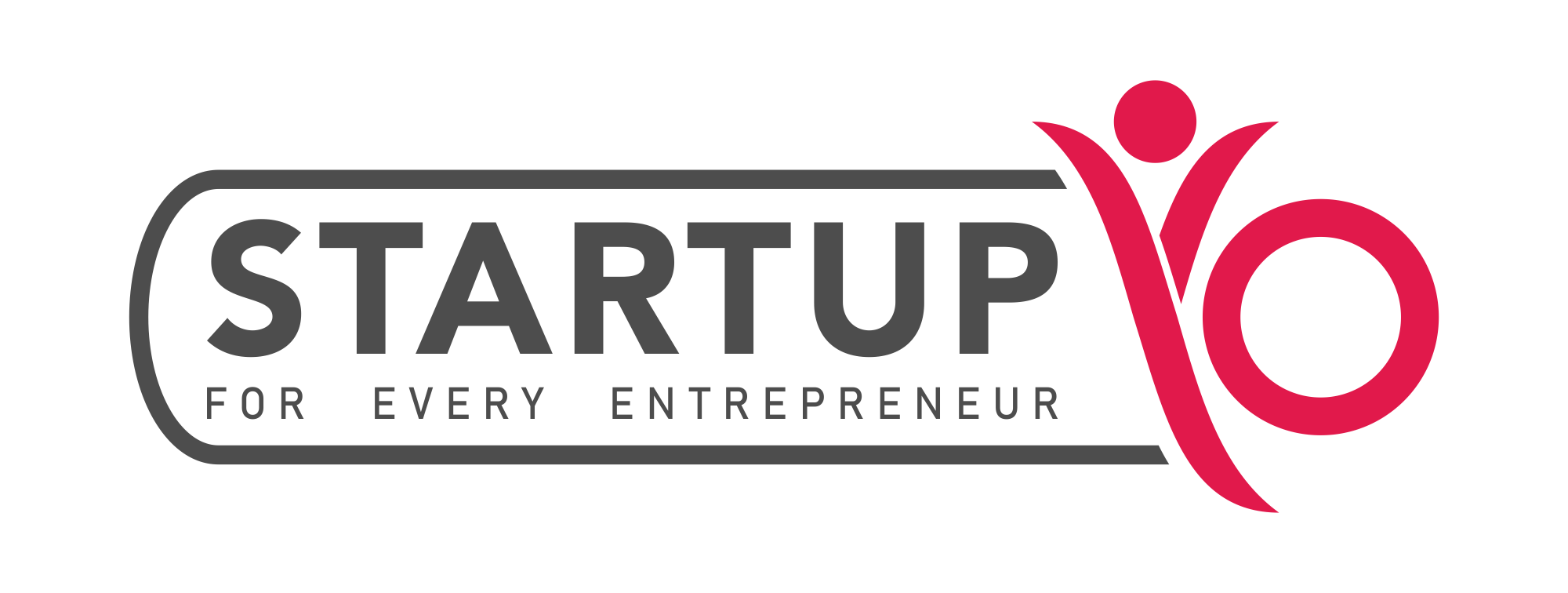The letter of credit functions as a guarantee of payment between a buyer and a seller. A bank issues a letter of credit to ensure that merchants will receive their payments on time. It streamlines the way for exports, imports, and other business transactions.
Introduction
Regardless of the type of business you have, there is always some risk, especially if you are unacquainted with the other party. The consequences of unforeseen circumstances can be devastating, even when you have trusted business partners.
The letter of credit functions as a guarantee of payment between a buyer and a seller. A bank issues a letter of credit to ensure that merchants will receive their payments on time.
It streamlines the way for exports, imports, and other business transactions. In addition to reducing the risk of payment delays, purchasers and sellers can be sure of prompt deliveries by adopting this method of payment.
Following this article, we will be covering topics such as what a letter of credit is, what it involves, and who might need it. Following is a detailed explanation of the letter of credit
Letter of Credit: An overview
The three components of a letter of credit are the beneficiary, the party that receives the LC, the applicant, that is, the company buying the products, and the issuing bank that issues the document.
Letters of credit (LC) are used by exporters and importers to exchange economic guarantees with reliable banks. Credit letters are most commonly used in international business where it is difficult to assess the credibility of one or both parties. The main purpose of the arrangement is for a bank to act as an intermediary that assumes the financial risk of consumer remittances to the company offering the product.
Taking the time to understand the different types of LC can help you choose one that will be right for you. In a number of forms, they perform a multitude of roles. Trade transactions are supported by letters of credit (LC) in various ways. Here is an overview of LC classifications:
Commercial LC: A typical letter of credit, sometimes called a documentary credit. A transaction like this results in a payment made directly to the vendor or beneficiary by the issuing bank.
Export / Import: The term is used differently based on who is using it, for example, if it’s used by an exporter, it’ll be called an exporter letter of credit and the other way around. With an import LC, the bank of the buyer agrees to reimburse the exporter if the buyer does not pay on time. A letter of credit for exports, however, is an import LC received by the seller’s bank.
Transferable and Non-Transferable LC: The term transferable LC refers to the ability to transfer payment to another beneficiary within the chain or to any other beneficiary altogether. In contrast, non-transferable LC does not allow money to be transferred to third parties.
Revocable LC: This LC type, allows the seller or beneficiary to modify the terms at any time without notification. After the cancellation of the LC, the Bank has no further obligations toward the beneficiary.
Irrevocable LC: It is a loan that cannot be withdrawn or amended without the approval of the beneficiary. LC provides proof that the Bank is fully responsible for the other party’s financial obligations. If the bank issuing the irrevocable LC does not get the approval of all parties to the transaction, any changes will be made impossible.
Stand-by LC: In the event of any issues, this letter of credit ensures the seller’s payment. Buyers and Sellers can collaborate more easily with this LC, which is more like a bank guarantee. Regardless, of whether the purchaser defaults on payment, the LCs will be fulfilled.
Confirmed LC: Advisory bank guarantees payment to the beneficiary along with the issuing bank in confirmed LC. In addition to the obligations of the issuer, the bank which confirms the LC also has obligations.
Unconfirmed LC: Only the issuing bank will provide assurance in such cases. Payment is the responsibility of that bank.
Revolving LC: LCs that cover multiple transactions instead of issuing separate LCs for each transaction are called revolving LCs. The two can be further divided into time-based (either cumulative or non-cumulative) and Value-Based methods.
Back-to-back LC: This type of letter of credit involves the use of an intermediator to issue two letters of credit back to back. In this scenario, the buyer’s bank submits a Letter of Credit to the intermediary, and the intermediary’s bank submits a Letter of Credit to the actual seller.
Red Clause LC: Pre-shipment payment is only partially made under this LC. Advance payment is made upon the buyer and seller providing written confirmation. As the name suggests, this clause is usually printed in red on documents to emphasize the “advance payment” terms of credit.
Green Clause LC: This clause calls for partial payment in advance, not only based on the written confirmation but also based on the proof of warehousing of the goods.
Payment at Sight LC. The bank reviews documents, and the beneficiary receives payment if the documents satisfy the conditions of the letter of credit. This LC requires payment to be made to the seller as soon as the required documents have been submitted, within a maximum of seven days.
Deferred Payment LC: Ensures that payment will not be made immediately, but after a certain time period agreed on in the letter of credit. According to this contract, the seller usually receives the proceeds when the goods are delivered.
Direct Pay LC: After this, the issuing bank pays the beneficiary directly. There are no clauses concerning the seller’s compliance or noncompliance. The seller can benefit from the financial security obtained by presenting the payment draft.
Letter of Credit works- How does it function?
Following are the steps to follow when writing a letter of credit:
- An L/C must first be requested by the buyer with the bank.
- An advisory bank, in most cases an overseas bank, is sent a sample letter of credit by the buyer. The advisory bank will then authenticate and verify the content of the LC.
- As soon as the advisory bank authenticates, it guarantees the seller that his monetary proceeds and other transactions will be handled by them.
- As soon as the goods have been shipped, the seller is given a bill of lading as evidence of exportation
- Banks then take over, as landing bills are sent to the banks in charge of negotiations, which check the exported goods and pay after inspection.
- Next, the bank issues the payment based on a copy of the cargo paperwork.
- Following disclosure of all documentation to the buyer, the issuing bank brings all documents into order per the buyer’s information; the purchased goods are then delivered to the buyer.
- In the final step, the buyer sends the money to the bank that issued it, which then passes it along to the negotiating bank.
An exchange agreement usually involves an issuer of a letter of credit, guaranteeing that the seller will be paid either by the purchaser or by the issuing bank. Letters of credit are helpful in certain situations where the buyer pays the seller for a product but the seller does not deliver it on time. By using a letter of credit, the purchaser in such a case will be able to get paid for the money they spent. Therefore, they will get a refund.
Buyers are paid a penalty if the seller or beneficiary does not deliver goods on time. The buyer can then buy from another merchant by using this refund amount.
In addition to knowing the beneficiary, the bank issuing the Letter of Credit should be a regular banker of the beneficiary. Ideally, an Indian bank should advise the Overseas Letter of Credit.
It is necessary for the individual to check the bank charges, whether they pertain to the opener or the beneficiary. Bank charges, including the LC confirmation charges, are typically paid by the buyer and seller in their respective countries. In the Letter of Credit, the applicant must specify which expenses are his own, and which are the beneficiaries.
Make sure the freight is paid for or that it is in sync with the arrangement.
Here is a brief description of the perks and downsides of using a Letter of Credit.
Among the advantages are:
The bank assumes the risk of the business dealing on behalf of the buyer or seller. Money is sent to the intended destination in a secure fashion. In addition to safety measures, regulations, and quality-control mechanisms, it offers an additional space for parties to include additional terms in the document.
- Letters of credit enable trade partners to transact with new partners or to enter into new trade agreements with them. It enables them to expand their business quickly into new regions.
- It is the issuing bank’s responsibility to pay the amount outlined in the letter of credit since the importer’s creditworthiness has been transferred to them. As such, the exporter is protected against the importer’s business through a letter of credit.
- A list of clauses can be drafted by both trading partners according to their needs. You can alter it based on the nature of the transaction with the same trading partners.
- During a dispute between two trading partners, the exporter will be able to withdraw the funds as outlined in the letter of credit and get the issue resolved. As the phrase ‘pay now, litigate later’ implies, the beneficiary has the right to the full amount.
Disadvantages:
- Letters of credit increase business expenses. This service is charged by banks, and the fee may rise significantly if more features are requested.
- A letter of credit is a significant fraud risk for the consumer. It is the shipping documents that will determine whether the exporter will be paid, not the quality of the goods. A dispute can arise if the quality is substandard.
- A letter of credit has an expiration date, so the exporter must deliver the goods within a given time frame. This rush often leads to problems in the end.
Read More : GST Input Tax Credit Reconciliation
An overview of the agreements:
The buyer sets forth the agreement under which he will buy and ship the goods. Most lists include the following:
- Details of the goods he wants from the supplier
- Shipping date
- Amount of goods
- Document of origin
- Reports of analysis
- It is important to indicate to whom the bill of lading will be assigned – in the case of L/C, the bank that issued the cheque will be identified as the consignee and will have control of the cargo until that money is received from the buyer.
- Information about who should be notified when the shipment arrives
- It is also common for the buyer to nominate and specify on the L/C which shipping line should be used
- The use of a port pair (POL- the location where freight is loaded onto ships, POD- the location where the freight is unloaded from ships)
- Transportation mode to be used
Required documentation:
- A Bill of Lading
- AWB (Airway Bill)
- Road transport Certificate
- Rail transport certificate
- Cargo receipt
- A commercial invoice
- A certificate of insurance
- Document of Origin
- Packing list
- The Inspection Certificate
Do letters of credit cost a lot?
Customers are not charged interest for a letter of credit, however; the Bank charges a non-refundable fee which usually ranges from 0.25 to 2%. It varies depending on each financial institution. A lot of times, the charge is decided by the purchase price. You’ll usually be charged a few percentage points; which will depend on the bank and your credit history.
Read More : Credit Score and everything you need to know about it
Conclusion
As the name suggests, a letter of credit is an agreement between banks concerning the settlement of payments when conducting international business in the interest of both parties. It is autonomous and governs itself. It is not dependent upon the terms of the sale or on the performance of the transport contract.
As described above, Letters of Credit require the beneficiary to present certain paperwork, rather than the products or services covered by contracts or sales.
This unique characteristic qualifies the LC as a key payment method in an international trade scenario. Each party should carefully examine all their available choices and select the one that meets their needs.
To know more details Letter of credit , You can email [email protected] or call at +918886666821.
Disclaimer: The information contained in this article is for general information purposes only. The information is provided by StartupYo (SAB Weblabs Pvt. Ltd). While we endeavor to keep the information up to date and truest to the best of our knowledge, we make no representations or warranties of any kind, express or implied, about the completeness, accuracy, reliability, suitability, or availability with respect to the website or the information, products, services, or related graphics contained on the website for any purpose. Any reliance you place on such information is therefore strictly at your own risk.



